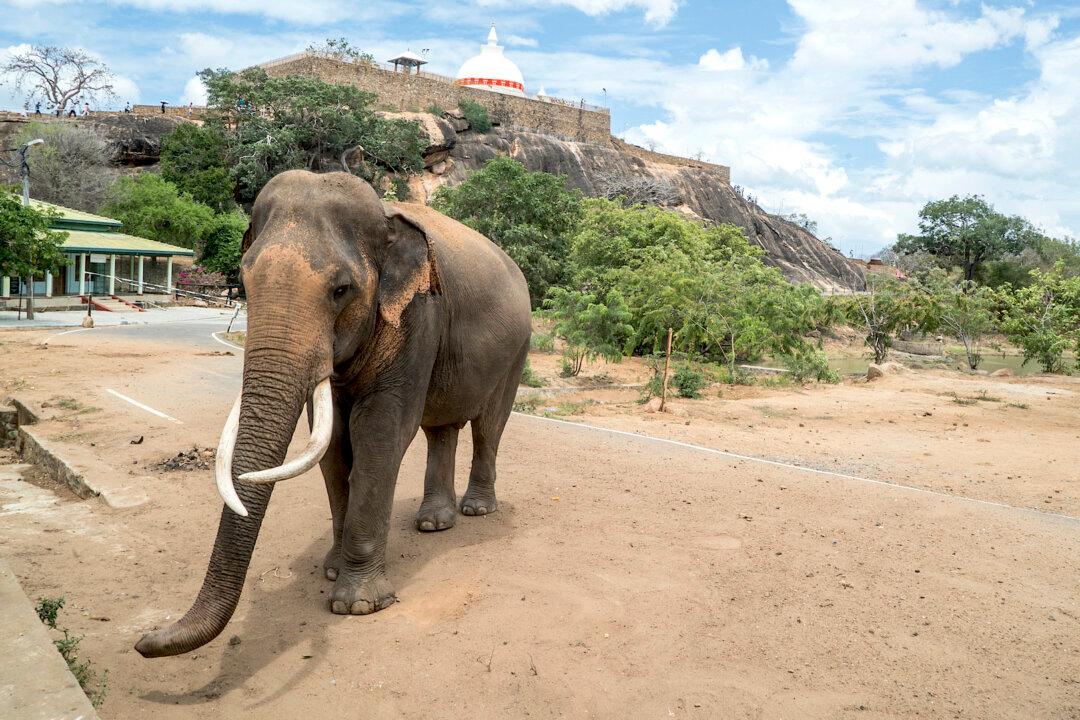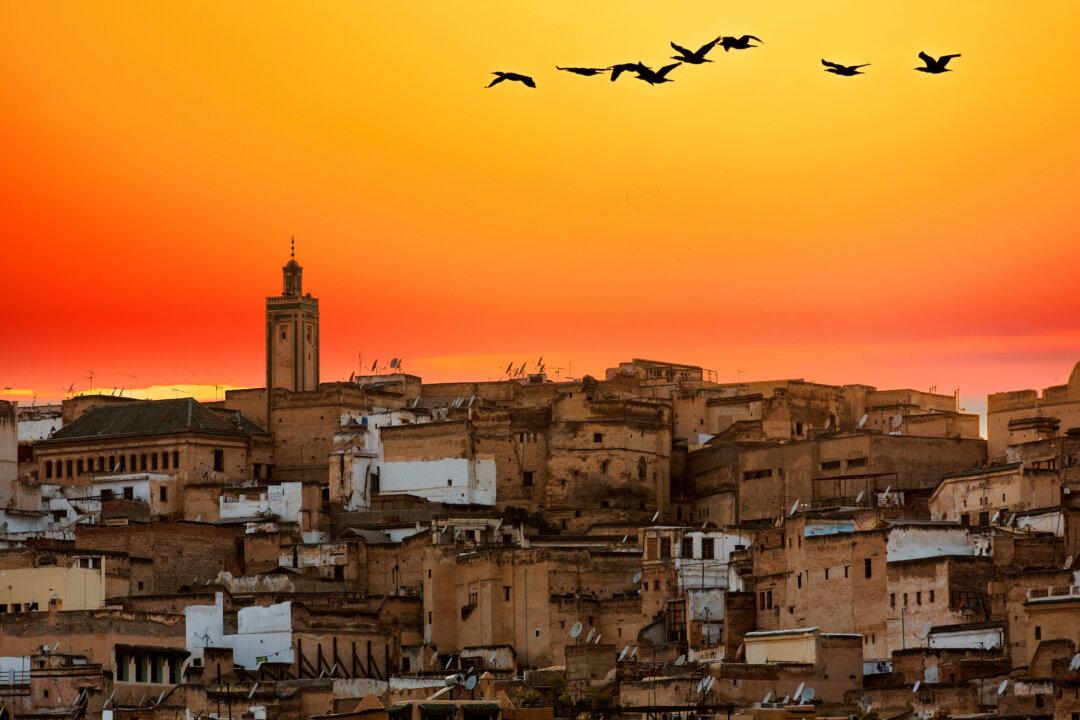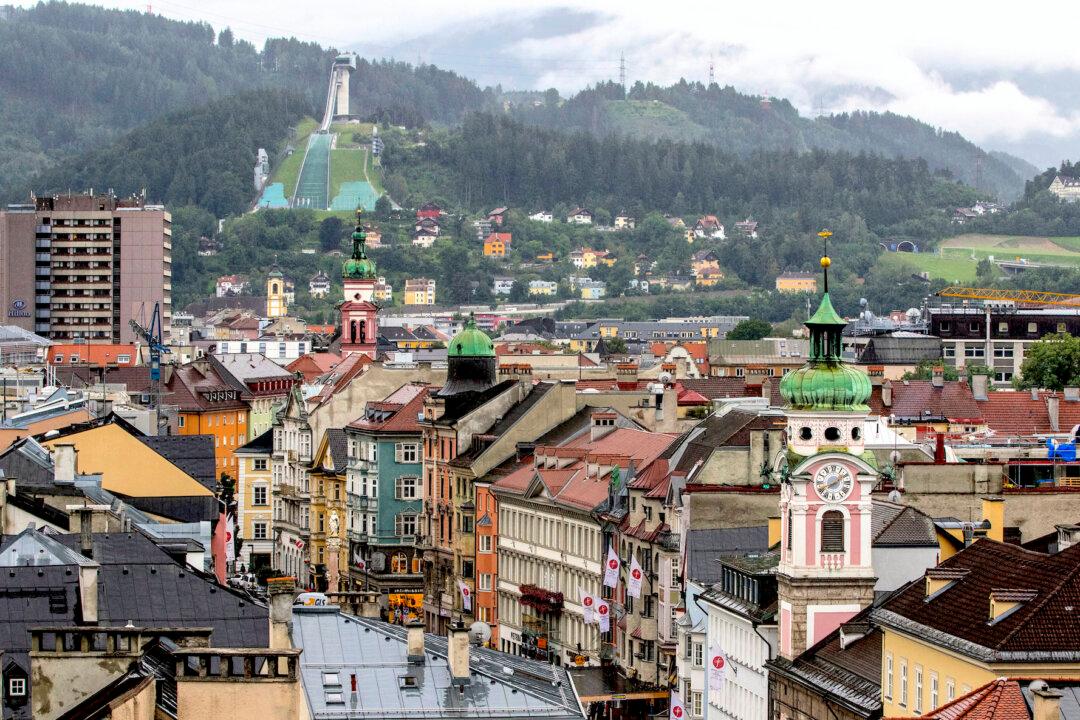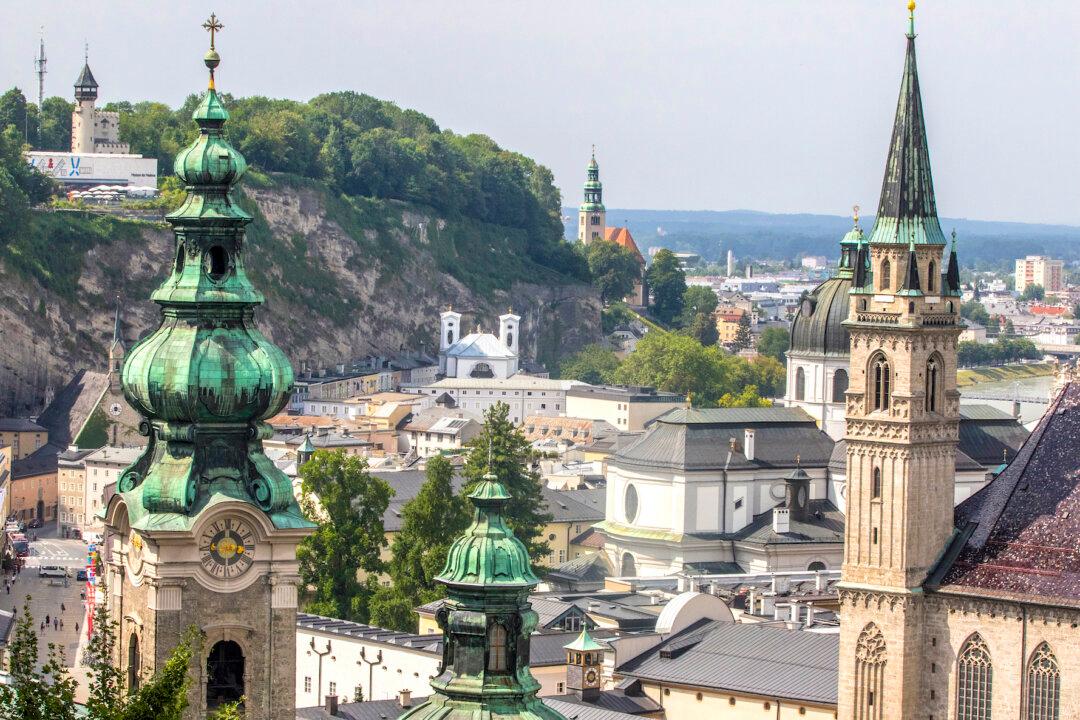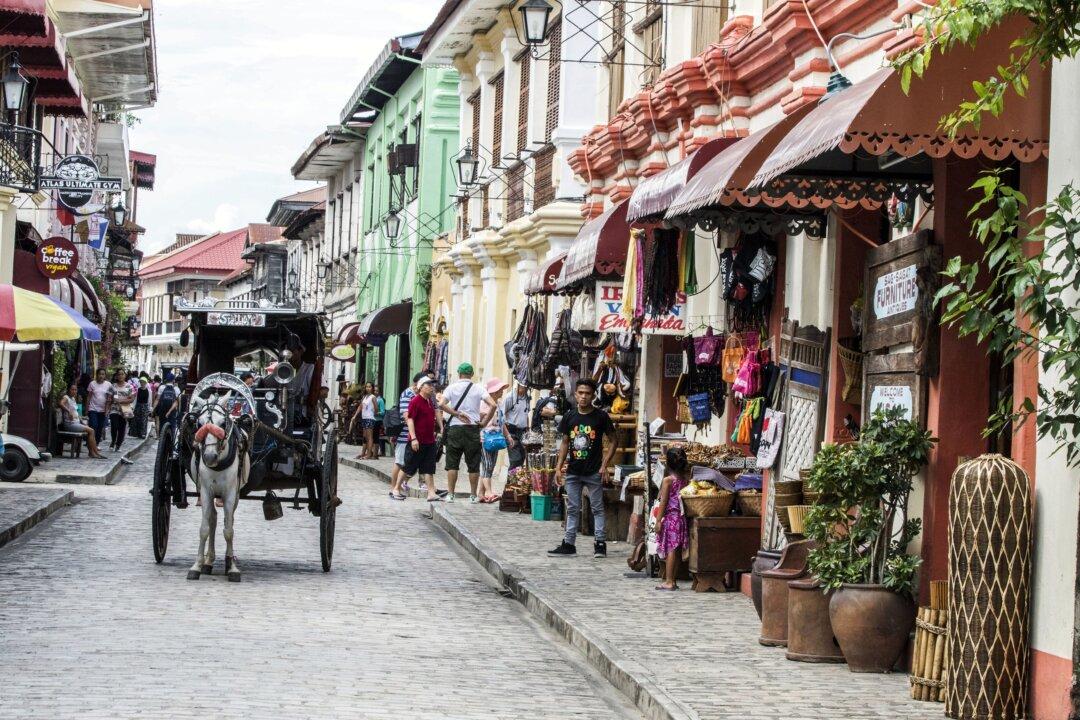Sri Lanka, described by Marco Polo as “undoubtedly the finest island in the world,” is a mysterious land with a hint of Africa in its wildlife combined with the intriguing lifestyle and traditions of India.
Beyond the island’s sandy beaches lie some of the most unique and best-preserved nature reserves in the world, many of which date back to colonial times and earlier.

